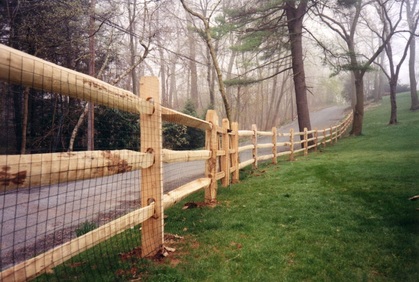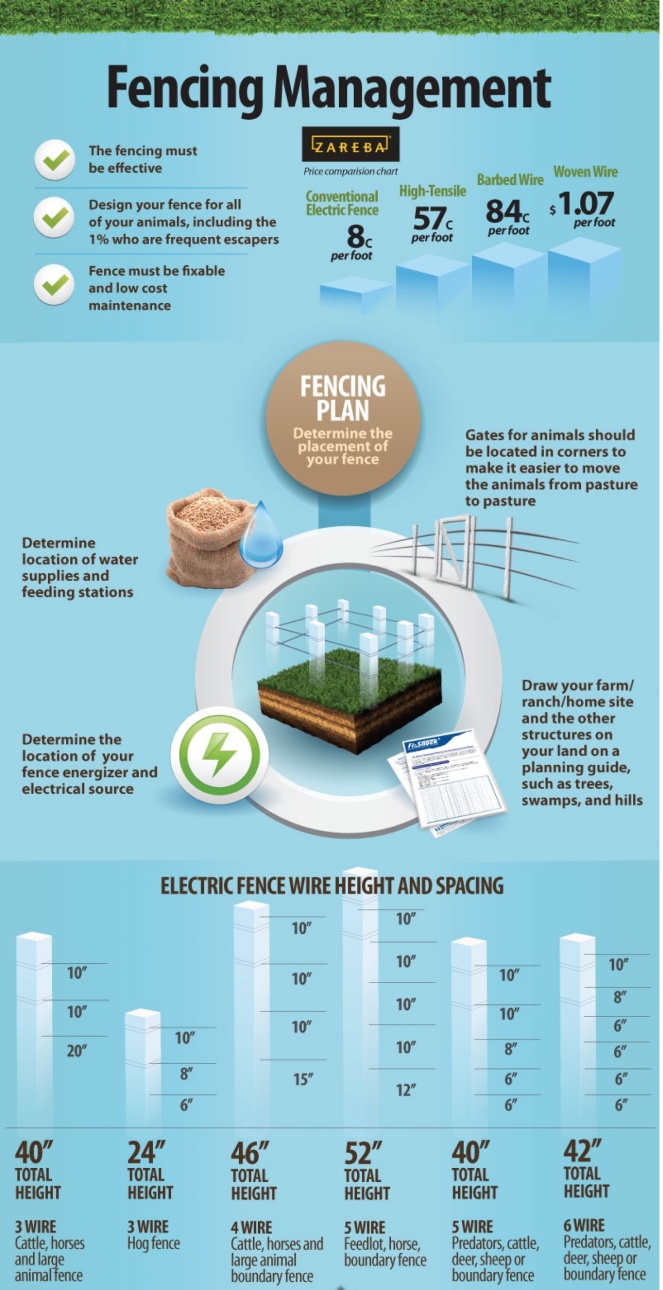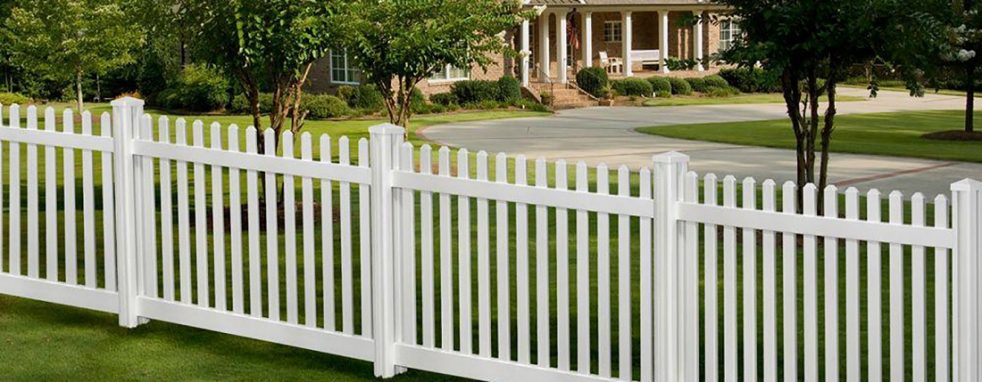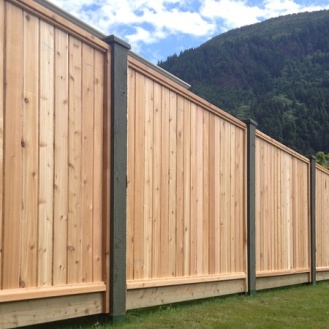Cedar fences are made with cedar, a wood that is very strong and resistant to rot, moisture and insect damage. Cedar can again withstand elements and does not shrink and swell like many other types of wood. All these qualities help cedar fences last up to 20 years.
Facts
 Cedar fences are light weight and have colorful hues and rich-looking grains. Another reason cedar fences last so long is cedar not easy to crack. This is because it remains flat and straight. Western Red Cedar is a type of cedar that preserves natural oils that it preserves and makes it very durable. Cedar fences made of northern white cedar also do not warp and are resistant to decay. White cedar has less natural sour tannin to preserve it, so it does not last as long as the western cedar.
Cedar fences are light weight and have colorful hues and rich-looking grains. Another reason cedar fences last so long is cedar not easy to crack. This is because it remains flat and straight. Western Red Cedar is a type of cedar that preserves natural oils that it preserves and makes it very durable. Cedar fences made of northern white cedar also do not warp and are resistant to decay. White cedar has less natural sour tannin to preserve it, so it does not last as long as the western cedar.
The beauty about using wood is that it is grown in large scale. Wood for fence making is usually grown in large company nearby forests. In order to come with the panels that will be installed in the fence, the wood doesn’t undergo too much transformation.
Benefits
The long duration that cedar fences last is one of the excellent benefits of cedar fence. These fences are made of high quality wood. Western Red Cedar is very water-resistant making it ideal for a wooden fence. Cedar also has pores that interlock that can help lower the noise around your neighborhood. Cedar fences do not require any finishing because of their natural preservatives. If your cedar fence touches the ground, it may be best to head.
Purposes
Cedar wood fences can be used for many purposes including privacy, boundary posts and beauty to add to your home and landscape. Cedar fences are beautiful on both sides. They last for so many years that you do not have to worry about replacing them very often. You can choose a cedar fence from a variety of shapes, sizes and designs. Cedar wood fences are a perfect alternative to wooden fences that are treated with chemicals. Over time, a cedar fence will naturally age to an attractive silver gray color.

Characteristics
The moisture resistant properties of cedar fences help preserve their durability and beauty. Cedar is hygroscopic which means that the water is absorbed very quickly comparable to a sponge. Western Red Cedar will release moisture after it absorbs until the equilibrium has reached its environment. Cedar can be exposed to things that would usually make wood rot and it still takes due to the natural resistance to decay. Western Red Cedar lasts longer than the other North American softwood.

 Whether it’s a classic hunter’s fence, a rustic picket fence or a high lamella fence: anyone who builds or builds a wooden fence should pay attention to the use of weatherproof wood fence elements. A garden fence should therefore be made of boiler-impregnated natural hardwood. However, most domestic wood must first be made resistant to pests, fungi and weathering before being used in fence construction. The Nordic pine, for example, can be well impregnated with salts in the boiler pressure process, which significantly increases the durability of a pine wooden fence. Due to its high resin content, larch wood is by nature weatherproof and can also be used outdoors without chemical wood preservation.
Whether it’s a classic hunter’s fence, a rustic picket fence or a high lamella fence: anyone who builds or builds a wooden fence should pay attention to the use of weatherproof wood fence elements. A garden fence should therefore be made of boiler-impregnated natural hardwood. However, most domestic wood must first be made resistant to pests, fungi and weathering before being used in fence construction. The Nordic pine, for example, can be well impregnated with salts in the boiler pressure process, which significantly increases the durability of a pine wooden fence. Due to its high resin content, larch wood is by nature weatherproof and can also be used outdoors without chemical wood preservation.